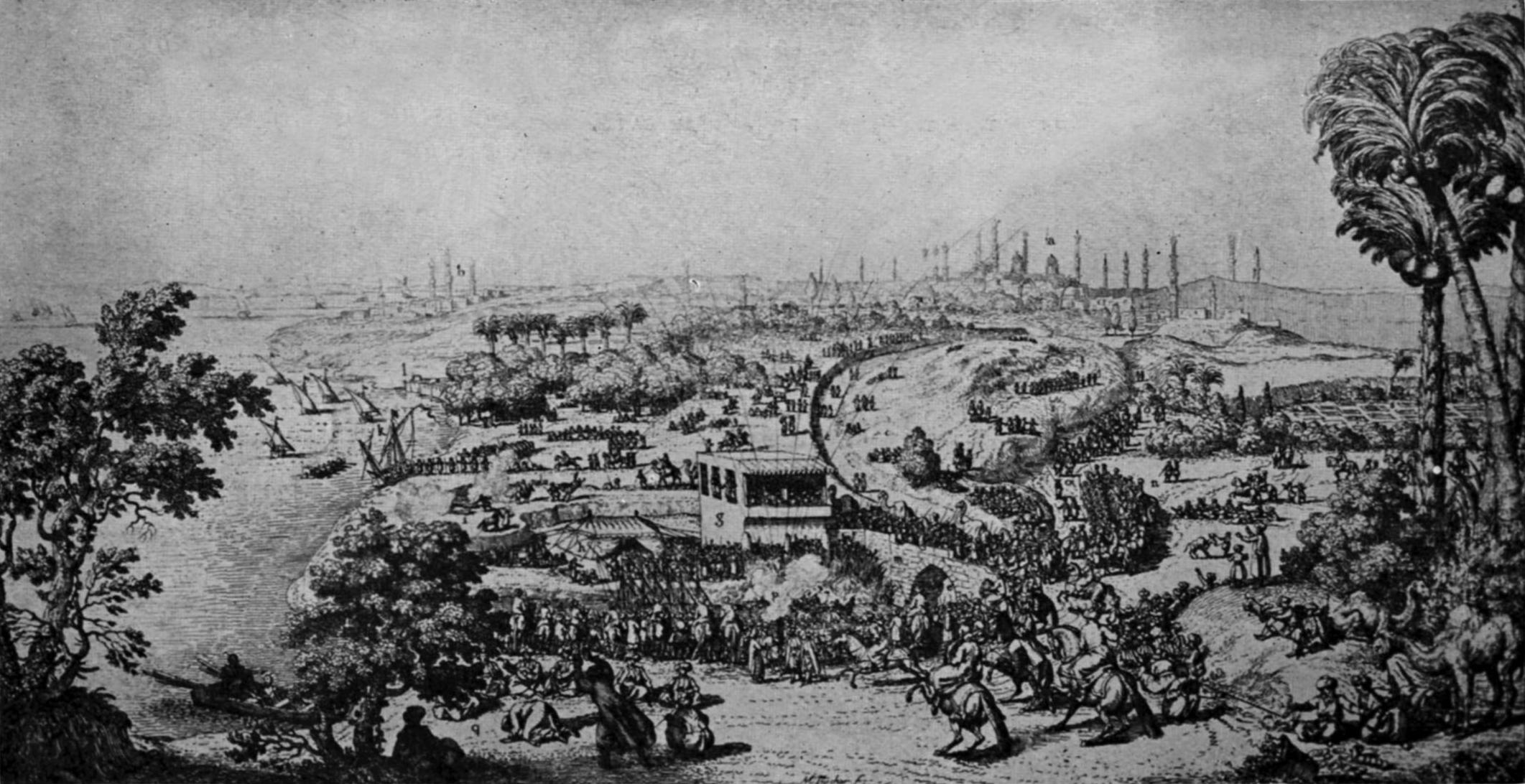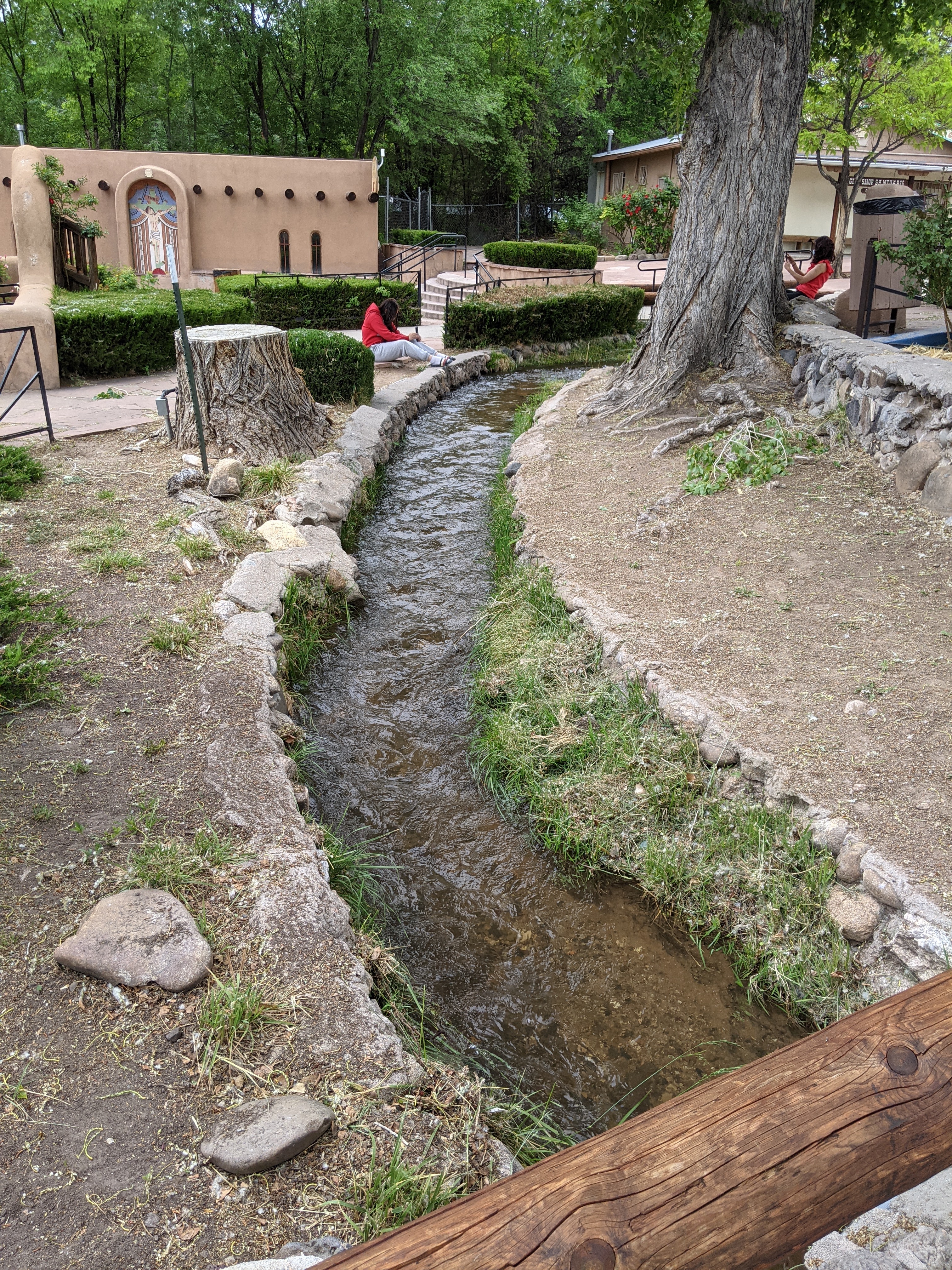|
Khety I (nomarch)
Khety I was an ancient Egyptian nomarch of the 13th '' nomos'' of Upper Egypt (''"the Upper Sycamore"'') during the 10th dynasty (c. 21st century BCE, during the First Intermediate Period). Like many other local governors, he also was a priest of the native deity Wepwawet. It is generally assumed that Khety I was the earliest of a trio of related nomarchs datable to the Herakleopolite period; he was likely followed by his son Tefibi and then by his grandson Khety II.Donald B. Spanel, in Donald B. Redford (ed), ''The Oxford Encyclopedia of Ancient Egypt'' vol. 1, Oxford University Press, 2001, pp. 154-6. Biography He was member of a long line of nomarchs in Asyut with strong bonds of loyalty and friendship towards the Herakleopolite dynasty: as a child he was raised along with the herakleopolite royal princes and their father – the pharaoh – appointed Khety as nomarch and also joined the mourning for the death of Khety's grandfather. Khety ruled his ''nomos'' during ... [...More Info...] [...Related Items...] OR: [Wikipedia] [Google] [Baidu] |
Tefibi
Tefibi (or Itj-ibj – ''It(.i)ib(.i)''Donald B. Spanel, in Donald B. Redford (ed), ''The Oxford Encyclopedia of Ancient Egypt'' vol. 1, Oxford University Press, 2001, pp. 154-6. – in a more modern reading) was an ancient Egyptian nomarch of the 13th '' nomos'' of Upper Egypt (''"the Upper Sycamore"'') during the 10th Dynasty (c. 21st century BCE, during the First Intermediate Period). In addition, he also was ''hereditary prince, count, wearer of the royal seal, sole companion'' and ''high priest of Wepwawet''. The main source about his life came from his biography, inscribed on the "tomb III" in Asyut. It is generally assumed that Tefibi was the second of a trio of related nomarchs datable to the Herakleopolite period; he was likely preceded by his father Khety and followed by his son, also named Khety. Biography He was member of a long line of nomarchs in Asyut with strong bonds of loyalty and friendship towards the Herakleopolite dynasty, and seems that he continue ... [...More Info...] [...Related Items...] OR: [Wikipedia] [Google] [Baidu] |
Royal Prince
A prince is a male ruler (ranked below a king, grand prince, and grand duke) or a male member of a monarch's or former monarch's family. ''Prince'' is also a title of nobility (often highest), often hereditary, in some European states. The female equivalent is a princess. The English word derives, via the French word ''prince'', from the Latin noun , from (first) and (head), meaning "the first, foremost, the chief, most distinguished, noble ruler, prince". Historical background The Latin word (older Latin *prīsmo-kaps, literally "the one who takes the first lace/position), became the usual title of the informal leader of the Roman senate some centuries before the transition to empire, the ''princeps senatus''. Emperor Augustus established the formal position of monarch on the basis of principate, not dominion. He also tasked his grandsons as summer rulers of the city when most of the government were on holiday in the country or attending religious rituals, and, for ... [...More Info...] [...Related Items...] OR: [Wikipedia] [Google] [Baidu] |
Nomarchs
A nomarch ( grc, νομάρχης, egy, ḥrj tp ꜥꜣ Great Chief) was a provincial governor in ancient Egypt; the country was divided into 42 provinces, called nomes (singular , plural ). A nomarch was the government official responsible for a nome. Etymology The term ''nome'' is derived from grc, νομός ''nomós'' "province, district". ''Nomarch'' is derived from ''nomárkhēs'': "province" + "ruler". Egyptian history The division of the Egyptian kingdom into nomes can be documented as far back as the reign of Djoser of the 3rd Dynasty in the early Old Kingdom, c. 2670 BCE, and potentially dates even further back to the Predynastic kingdoms of the Nile valley. The earliest topographical lists of the nomes of Upper and Lower Egypt date back to the reign of Nyuserre Ini, of the mid 5th Dynasty, from which time the nomarchs no longer lived at royal capital but stayed in their nomes. The power of the nomarchs grew with the reforms of Nyuserre's ... [...More Info...] [...Related Items...] OR: [Wikipedia] [Google] [Baidu] |
Merykare
Merikare (also Merykare and Merykara) was an ancient Egyptian pharaoh of the 10th Dynasty who lived toward the end of the First Intermediate Period. Purportedly inspired by the teaching of his father, he embarked on a semi-peaceful coexistence policy with his southern rivals of the 11th Dynasty, focusing on improving the prosperity of his realm centered on Herakleopolis instead of waging an open war with Thebes. His policy was not rewarded, and shortly after his death his kingdom was conquered by the Theban Mentuhotep II, marking the beginning of the Middle Kingdom. The existence of his pyramid has historically been ascertained, although it has not yet been discovered. Reign Biography According to many scholars, he ruled at the end of the 10th Dynasty in his middle-age,Flinders Petrie, A History of Egypt, from the Earliest Times to the XVIth Dynasty' (1897), pp. 115-16.Nicolas Grimal, ''A History of Ancient Egypt'', Oxford, Blackwell Books, 1992, pp. 141–45.Michae ... [...More Info...] [...Related Items...] OR: [Wikipedia] [Google] [Baidu] |
Wahkare Khety I
Wahkare Khety was an ancient Egyptian pharaoh of the 9th or 10th Dynasty during the First Intermediate Period. Identity The identity of Wahkare Khety is controversial. While some scholars believe that he was the founder of the 9th Dynasty, many others place him in the subsequent 10th Dynasty.William C. Hayes, in ''The Cambridge Ancient History'', vol 1, part 2, 1971 (2008), Cambridge University Press, , p. 996.Michael Rice, ''Who is who in Ancient Egypt'', 1999 (2004), Routledge, London, , p. 7. 9th Dynasty hypothesis If Wahkare Khety was the founder of the 9th Dynasty, he may be identified with the hellenized king Achthoês, the founder of this dynasty according to Manetho. Manetho reports: The first of these ings Achthoês, behaving more cruel than his predecessors, wrought woes for the people of all of Egypt, but afterwards he was smitten with madness and killed by a crocodile.William Gillian Waddell: ''Manetho (= The Loeb classical library. Bd. 350)''. Harvard University ... [...More Info...] [...Related Items...] OR: [Wikipedia] [Google] [Baidu] |
Nile Flood
The flooding of the Nile has been an important natural cycle in Egypt since ancient times. It is celebrated by Egyptians as an annual holiday for two weeks starting August 15, known as ''Wafaa El-Nil''. It is also celebrated in the Coptic Church by ceremonially throwing a martyr's relic into the river, hence the name, The Martyr's Finger (, ). The flooding of the Nile was poetically described in myth as Isis's tears of sorrow for Osiris when killed by their brother Set. Flooding cycle The flooding of the Nile is the result of the yearly monsoon between May and August causing enormous precipitations on the Ethiopian Highlands whose summits reach heights of up to 4550 m (14,928 ft). Most of this rainwater is taken by the Blue Nile and by the Atbarah River into the Nile, while a less important amount flows through the Sobat and the White Nile into the Nile. During this short period, those rivers contribute up to ninety percent of the water of the Nile and most of the sedime ... [...More Info...] [...Related Items...] OR: [Wikipedia] [Google] [Baidu] |
Famine
A famine is a widespread scarcity of food, caused by several factors including war, natural disasters, crop failure, Demographic trap, population imbalance, widespread poverty, an Financial crisis, economic catastrophe or government policies. This phenomenon is usually accompanied or followed by regional malnutrition, starvation, epidemic, and increased death, mortality. Every inhabited continent in the world has experienced a period of famine throughout history. In the 19th and 20th century, generally characterized Southeast and South Asia, as well as Eastern and Central Europe, in terms of having suffered most number of deaths from famine. The numbers dying from famine began to fall sharply from the 2000s. Since 2010, Africa has been the most affected continent of famine in the world. Definitions According to the United Nations World Food Programme, famine is declared when malnutrition is widespread, and when people have started dying of starvation through lack of access to suf ... [...More Info...] [...Related Items...] OR: [Wikipedia] [Google] [Baidu] |
Irrigation Canal
An acequia () or séquia () is a community-operated watercourse used in Spain and former Spanish colonies in the Americas for irrigation. Particularly in Spain, the Andes, northern Mexico, and the modern-day American Southwest particularly northern New Mexico and southern Colorado, acequias are usually historically engineered canals that carry snow runoff or river water to distant fields. Examples of acequias in New Mexico have lengthy historical roots to Pueblo and Hispano communities, and they are incorporated into traditions including the matachines, life in the Rio Grande Bosque of the Albuquerque metropolitan area, and pilgrimages to El Santuario de Chimayo. The term can also refer to the long central pool in a Moorish garden, such as the Generalife in the Alhambra in Southern Iberia. Overview The Spanish word (and Catalan ) comes from Classical Arabic , which has the double meaning of 'the water conduit' or 'one that bears water' and the 'barmaid' (from , 'to ... [...More Info...] [...Related Items...] OR: [Wikipedia] [Google] [Baidu] |
The Cambridge Ancient History
''The Cambridge Ancient History'' is a multi-volume work of ancient history from Prehistory to Late Antiquity, published by Cambridge University Press. The first series, consisting of 12 volumes, was planned in 1919 by Irish historian J. B. Bury and published between 1924 and 1939, co-edited by Frank Adcock and Stanley Arthur Cook. The second series was published between 1970 and 2005, consisting of 14 volumes in 19 books. ''The Cambridge Ancient History'' is part of a larger series of works, along with ''The Cambridge Medieval History'' and ''The Cambridge Modern History'', intended to cover the entire history of European civilisation. In the original edition, it was the last in this series to appear, the first volume of the ''Modern History'' having been published in 1902, and the first volume of the ''Medieval History'' in 1911. In the second series, however, the ''Ancient History'' began to be published before the ''Medieval History''. Second series Volumes published * I ... [...More Info...] [...Related Items...] OR: [Wikipedia] [Google] [Baidu] |
William C
William is a male given name of Germanic origin.Hanks, Hardcastle and Hodges, ''Oxford Dictionary of First Names'', Oxford University Press, 2nd edition, , p. 276. It became very popular in the English language after the Norman conquest of England in 1066,All Things William"Meaning & Origin of the Name"/ref> and remained so throughout the Middle Ages and into the modern era. It is sometimes abbreviated "Wm." Shortened familiar versions in English include Will, Wills, Willy, Willie, Bill, and Billy. A common Irish form is Liam. Scottish diminutives include Wull, Willie or Wullie (as in Oor Wullie or the play ''Douglas''). Female forms are Willa, Willemina, Wilma and Wilhelmina. Etymology William is related to the given name ''Wilhelm'' (cf. Proto-Germanic ᚹᛁᛚᛃᚨᚺᛖᛚᛗᚨᛉ, ''*Wiljahelmaz'' > German ''Wilhelm'' and Old Norse ᚢᛁᛚᛋᛅᚼᛅᛚᛘᛅᛋ, ''Vilhjálmr''). By regular sound changes, the native, inherited English form of th ... [...More Info...] [...Related Items...] OR: [Wikipedia] [Google] [Baidu] |
Mourning
Mourning is the expression of an experience that is the consequence of an event in life involving loss, causing grief, occurring as a result of someone's death, specifically someone who was loved although loss from death is not exclusively the cause of all experience of grief. The word is used to describe a complex of behaviours in which the bereaved participate or are expected to participate, the expression of which varies by culture. Wearing black clothes is one practice followed in many countries, though other forms of dress are seen. Those most affected by the loss of a loved one often observe a period of mourning, marked by withdrawal from social events and quiet, respectful behavior. People may follow religious traditions for such occasions. Mourning may apply to the death of, or anniversary of the death of, an important individual such as a local leader, monarch, religious figure, or member of family. State mourning may occur on such an occasion. In recent years, ... [...More Info...] [...Related Items...] OR: [Wikipedia] [Google] [Baidu] |
Pharaoh
Pharaoh (, ; Egyptian: ''pr ꜥꜣ''; cop, , Pǝrro; Biblical Hebrew: ''Parʿō'') is the vernacular term often used by modern authors for the kings of ancient Egypt who ruled as monarchs from the First Dynasty (c. 3150 BC) until the annexation of Egypt by the Roman Empire in 30 BC. However, regardless of gender, "king" was the term used most frequently by the ancient Egyptians for their monarchs through the middle of the Eighteenth Dynasty during the New Kingdom. The term "pharaoh" was not used contemporaneously for a ruler until a possible reference to Merneptah, c. 1210 BC during the Nineteenth Dynasty, nor consistently used until the decline and instability that began with the Twenty-Fifth Dynasty. In the early dynasties, ancient Egyptian kings had as many as three titles: the Horus, the Sedge and Bee ( ''nswt-bjtj''), and the Two Ladies or Nebty ( ''nbtj'') name. The Golden Horus and the nomen and prenomen titles were added later. In Egyptian society, religio ... [...More Info...] [...Related Items...] OR: [Wikipedia] [Google] [Baidu] |







